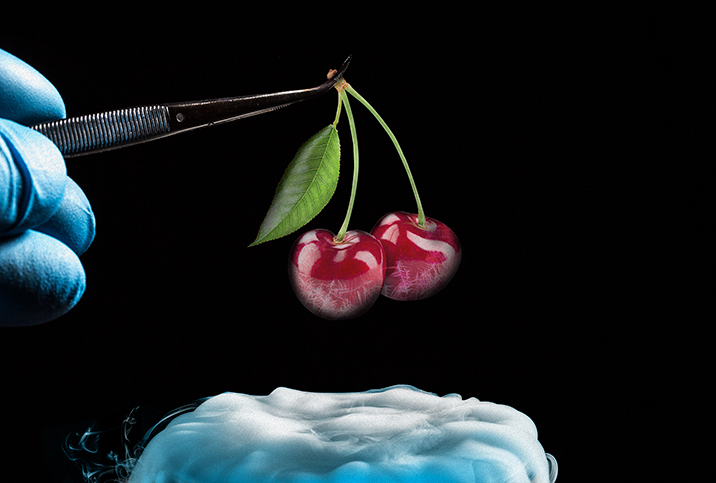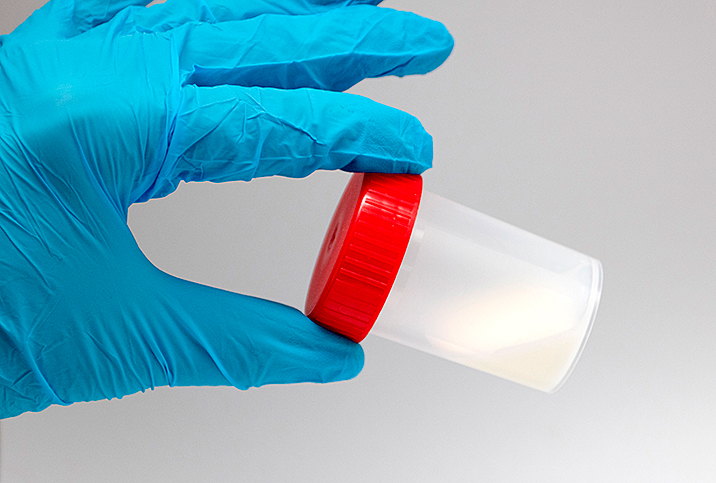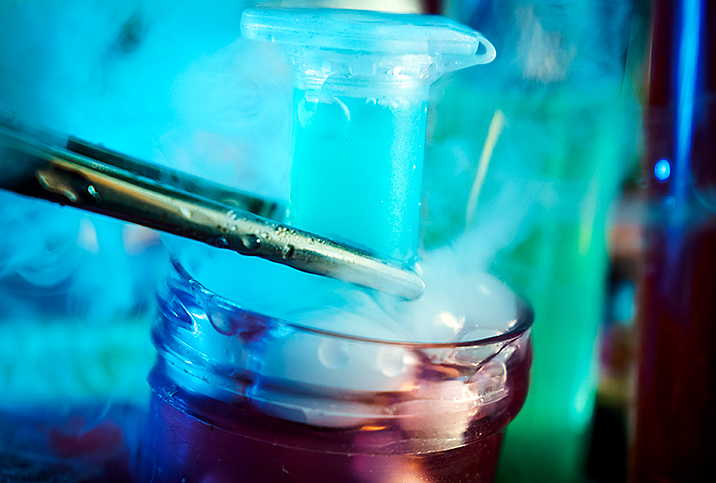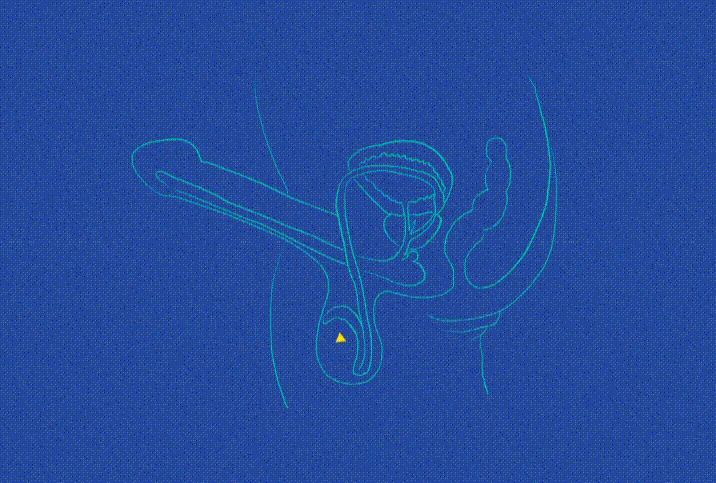Experimental Cryopreservation Technique Could Protect Fertility

Cryopreservation can be a really fun idea when played out in science fiction. For example, in the post-credits scene of the recent Netflix film "Don't Look Up" (spoiler ahead), Meryl Streep's cryopreserved character is devoured by a reptilian-like carnivore on a distant planet some 22,000 years into the future. It's a delight to see the despicable fictional president gorged upon after traveling an unfathomable distance in cold storage.
Outside of fiction, cryopreservation has real-world applications with very real potential benefits to humans. In the field of fertility, preserving sperm, eggs or embryos has made conception a possibility for many people and couples who otherwise would not realize the chance to have children.
But a relatively new, and experimental, procedure may add another medical technique for securing child-rearing options for people who need them—today or some day in the future.
Preserving testicular tissue
For boys, a cancer diagnosis can be overwhelming for a number of reasons, including future fertility, whether they're thinking of it in the moment or not. Unfortunately, addressing the potential permanent loss of the ability to have children often must take a back seat in cancer cases requiring immediate intervention.
Unlike with adult men who receive a cancer diagnosis, maintaining the future viability of prepubescent patients' childbearing prospects is challenging, to say the least. Boys who have not entered puberty are unable to produce ejaculate for the purposes of preserving reproductive material, so doctors and researchers have begun exploring alternative options in the form of testicular tissue cryopreservation.
"It's experimental to cryopreserve testicular tissue for prepubescent boys with the hope that in the future, that tissue can be transplanted back into their testicle or the cells can be taken out of it and developed into sperm in a petri dish," said Amin Herati, M.D., the director of male infertility and men's health at Johns Hopkins Medicine in Baltimore. "It's for patients that are undergoing chemotherapy, so they're about to lose the potential to produce sperm in the future.
"It's not run-of-the-mill," he added. "Somebody can't just walk in off the street and say, 'I want to preserve testicular tissue.'"
Cancer diagnosis and its effects on fertility
One of the challenges in treating cancer patients is that surgery, chemotherapy or radiation can significantly impact their fertility potential and spermatogenesis, said Wael Almajed, M.D., a urologist and sexual medicine specialist at Tulane University in New Orleans. Sometimes, these effects are permanent.
"So for these types of patients, in general, at the moment, what we do is we tend to take an ejaculate sample from them for sperm cryopreservation before starting treatment and then we subsequently use it in the future," he said.
A research scientist named Jerome Kalman Sherman is often considered the "father of sperm banking," thanks to his experiments starting in the 1950s, which helped establish cryopreservation of sperm as a safe and reliable procedure.
For some individuals, however—not just those who haven't entered puberty yet—sperm preservation may not be an option. That's where the preservation of testicular tissue comes in.
Preserving sperm, eggs or embryos has made conception a possibility for many people and couples who otherwise would not realize the chance to have children.
"It's still experimental and hasn't been applied, as far as I know, but certainly it's something that is promising, in my opinion," Almajed said.
According to oncofertility specialists at Michigan State University, "No spermatogenic recovery or pregnancies from cryopreserved testicular tissues have been reported to date."
However, the statement clarified that a limited number of individuals have cryopreserved their testicular tissue as part of the ongoing experimental process of exploring this technique's capacity to help individuals have children.
Almajed also speculated that if this procedure proves to be effective, it could have benefits for men who have grown beyond the age of puberty, as well.
"For example, testicular cancer [patients], sometimes they present and when it's diagnosed, when we ask them to cryopreserve and to take an ejaculate sample before even starting the treatment [for cancer], their ejaculate sometimes contains no sperm," he said.
Will it work?
The experimental procedure for testicular tissue cryopreservation has proved effective in animals, but there are still too many unanswered questions and a fundamental lack of human-based data to know whether it is safe and viable.
At this point, though, based on the perspectives of the scientists working on or around these issues, the outlook is certainly promising.


















